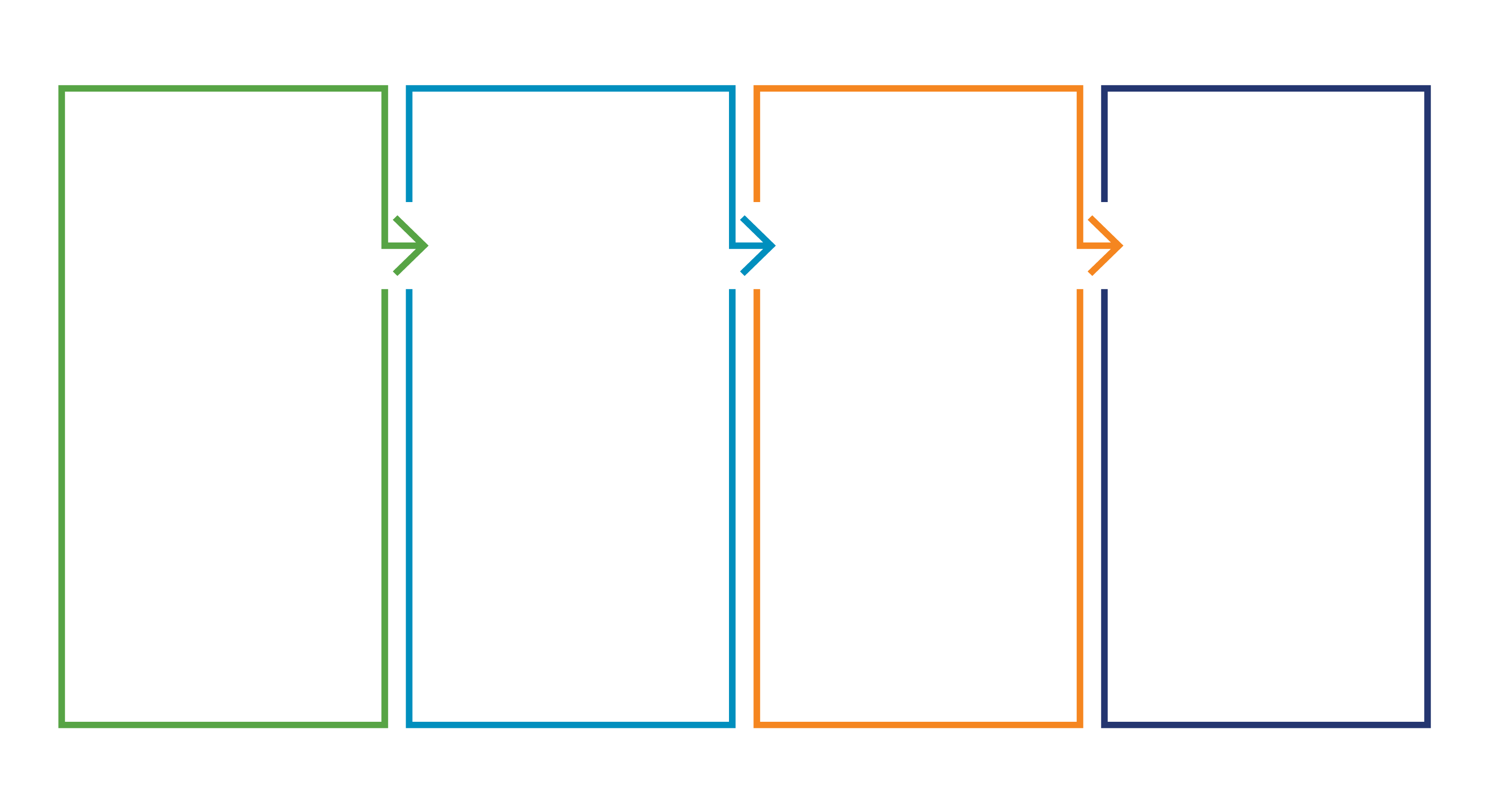Systematic Reading Instruction
Fostering Continuous Growth in Literacy Instruction
Advancing Literacy Instruction
Designed to complement and build on educators’ existing teaching strategies, Systematic Reading Instruction will increase educators’ knowledge about the science of reading and teaching, and equip them with the teaching strategies and resources to teach a systematic reading instruction program.

Educators leave the course with:
Syllabus
|
Module 1. |
Why Systematic Reading Instruction |
Introduces a unique systematic approach to reading |
|
Module 2. |
The Science of Reading |
Outlines key concepts of the science underlying systematic |
|
Module 3. |
The Science of Teaching |
Reviews the principles of the science of teaching and provides practical strategies |
|
Module 4. |
Phase 1: Becoming a Reader |
Introduces the scope for teaching the foundational skills of becoming a reader. |
|
Module 5. |
Strategies and Activities for Phase 1 |
Provides simple, effective strategies and activities that ensure students master |
|
Module 6. |
Phase 2: Becoming a Skilled Reader |
Defines morphology and explores decoding words with more complex sound-letter |
|
Module 7. |
Strategies and Activities for Phase 2 |
Outlines effective strategies to integrate morphology into instruction to quickly |
|
Module 8. |
Phase 3: Becoming an Expert Reader |
Describes the most effective scope and sequence of teaching reading comprehension. |
|
Module 9. |
Strategies and Activities for Phase 3 |
Outlines ten strategies for improving reading comprehension, includes subject-based |
|
Module 10. |
Summary and Next Steps |
Provides a short overview of key learnings and recommendations on the next steps. |
Equip teachers with the skills they need to impact all students reading proficiency and empower them in supporting all students to thrive.
Click here for information on our other Professional Learning Courses.


